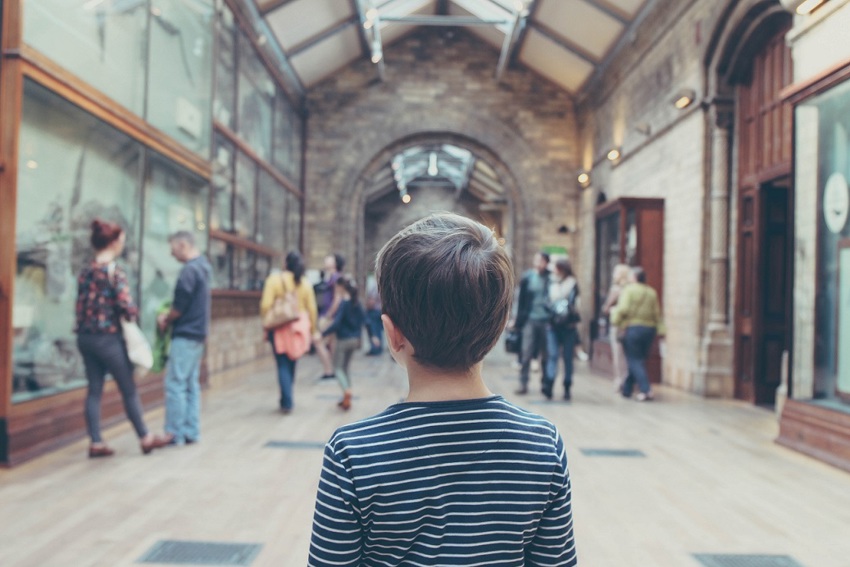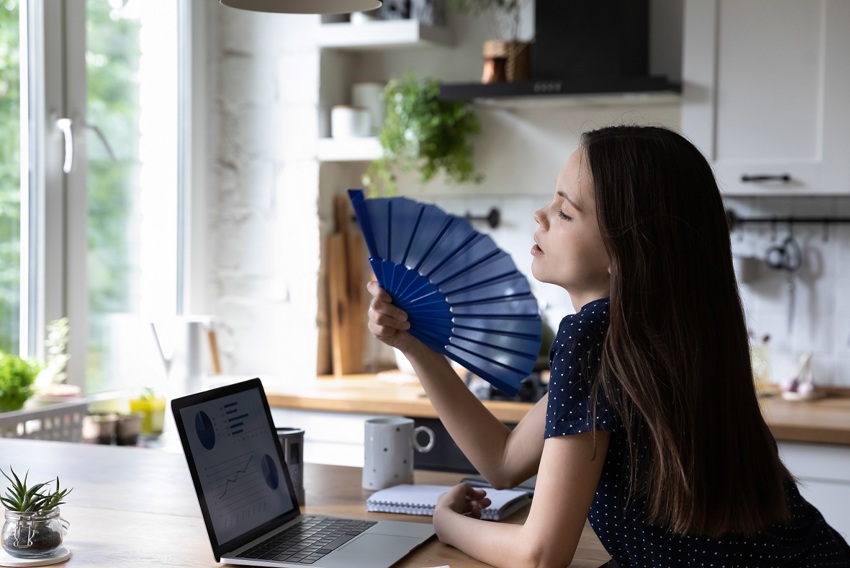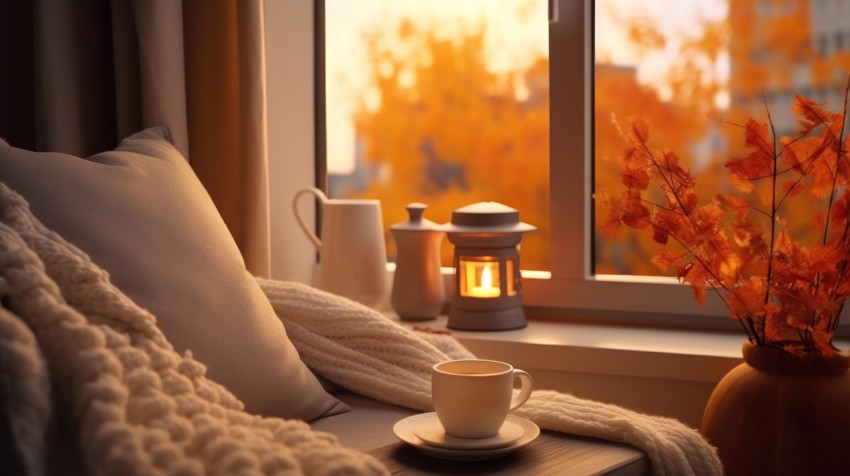Why and when to ventilate?
We ventilate our buildings to provide a healthy indoor environment. And we ventilate continuously and consistently.

From a historical perspective to today
Throughout history, humans always looked for better living conditions and healthier air.
Humans and animals have evolved solutions to either adapt to their existing environments or make changes to improve them. So, the main focus has always been on keeping heat in buildings, with a strong emphasis on good indoor air quality.
Today is no different — we need to ventilate our buildings to provide a healthy indoor environment for people.
Why do we ventilate? It is our basic need for fresh air.
People need to breathe fresh air — that is our basic need. This happens naturally outside, where fresh air is naturally found. However, people work and live inside buildings, some say we even spend around 90% of our time indoors.
So it is important that we feel good indoors. And good indoor environment subsequently also means that buildings also need to breathe, i.e. create a good environment for us.
We must perform certain actions and follow certain routines in our lives, such as coming home from work, going to sleep, waking up, or opening the windows, so we can enjoy our everyday lives, and fresh air plays a pivotal part.
We need fresh air and comfortable environments. That is why we need ventilation in indoor spaces, and ventilation provides many benefits.
- To create air movement, which improves the comfort of occupants.
- To remove 'stale' air and replace it with 'fresh' air.
- To moderate internal temperatures.
- To reduce the accumulation of humidity.
- To manage odours, other gases and various pollutants that build up during occupied periods.
And why do we have a basic need for fresh air?


It is all about comfort. So, can you feel comfort?
One of the challenges for building engineers is designing adequate ventilation for maximum comfort for building occupants. Various parameters can evaluate the health and comfort of people inside built environments, often summarized as indoor air quality.
Another critical parameter is indoor thermal comfort, based on building occupants' satisfaction and perception. Thermal comfort can be defined as a person's state of mind or perception of whether they feel too hot or too cold. Due to significant variations from person to person, it isn't easy to satisfy everyone within the same thermal environment.
The interaction between indoor air quality, indoor thermal comfort, and various ventilation strategies is also directly linked to building energy consumption.
Of course, we are not the same people — and we feel differently about our environments. Buildings can have different indoor climate conditions, sometimes based on various activities (such as offices, shopping malls, sports hall environments, etc.) and sometimes because the indoor climate can feel different to different people.
Always consider a person's physical characteristics when determining their thermal comfort. Factors such as size and weight, age, and fitness level can all impact how they feel, even if other factors such as air temperature, humidity, and rate of air movement are all constant.
And can people adapt to the thermal environments they are in? Can we be fully satisfied with the indoor climate in buildings? Occupants who enjoy more control of their indoor environment may tolerate a broader range of indoor temperatures. Adaptive thermal comfort is based on an occupant's connection to the outdoors and control over their environment.
Are you feeling the comfort?
The importance of ventilation. To provide, control and reduce.
The main reasons for ventilation are all about people — ventilation is for us and about us. Ventilation is not just about air — heating/cooling it, exchanging it and getting it clean.
Scientific research also shows that ventilation is not only about 'window opening' or 'fresh air from the outside'. Its most important goal is creating 'a good indoor environment'.
Without a ventilation system, airflow in a building is not controlled. Proper ventilation protects a home from unwanted toxins, pollutants, and odours.
Ventilation can also help protect a building's overall structure by eliminating excess moisture from the air and preventing overheating by venting the excess heat. It also allows for cooling the indoor environment if the outside is too hot.
We ventilate for comfort (for indoor environmental quality, not indoor air quality). Building occupants — we as humans — are our own 'sensors' because we can also take action to change the situation indoors.
Are you ready to learn more about providing, controlling and reducing in ventilation?

Ventilation can do more than help prevent building occupants from getting sick; it can provide an improved indoor environment.Anonymous